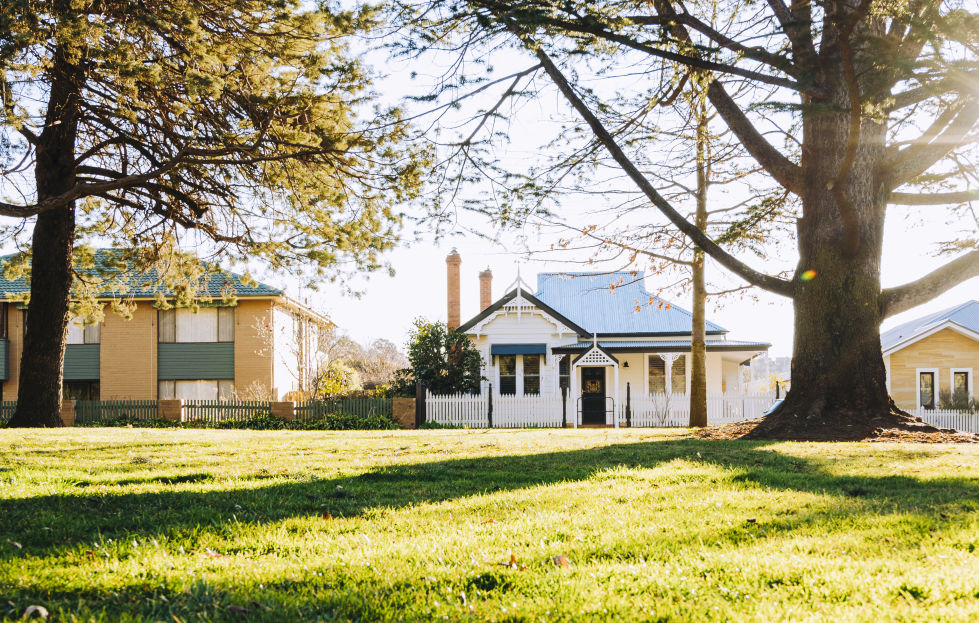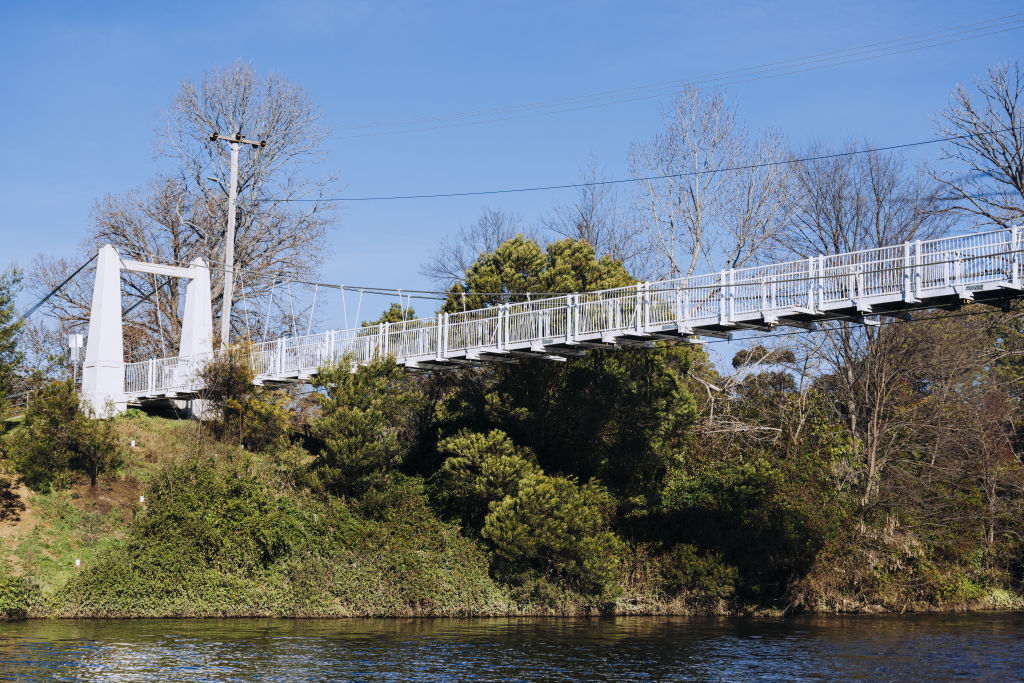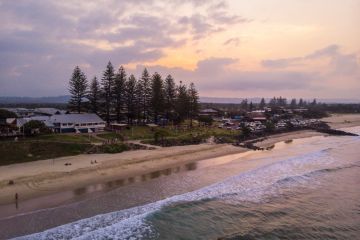Which local region recorded the strongest house price growth? Hint: it's not in Canberra

After two consecutive quarters of growth, Canberra’s brief house price recovery has stumbled, with median house prices once again going down.
The Domain House Price Report for the September quarter shows an almost $14,000, or 1.2 per cent, decrease, bringing the median Canberra house price down to $1.08 million – $92,000 below its peak in mid-2022.
“Canberra’s house prices are the furthest from their peak among all capital cities, and have only recovered a third of their previous losses,” said Domain chief of research and economics, Dr Nicola Powell.
And the news is worse for units.
Canberra’s median unit price has now recorded its fourth quarterly decline, marking the longest stretch of consecutive falls on record and the sharpest drop since December 2022.
The sustained weakness over the past four quarters has erased the recovery seen in 2023, pushing the median unit price to a new low this cycle of $565,288.

The median unit price is now $65,000, or 10.3 per cent, below the September 2023 record.
“This recent decline has caused Canberra to lose its position as the second-most expensive capital city for units, slipping to fourth place behind Sydney, Brisbane and Melbourne,” said Powell.
“Despite the quarterly decline, the median house price has still managed a marginal annual gain of 0.8 per cent.”
While Canberra’s house price growth is low, it’s a very different story just over the border.
Queanbeyan has recorded an impressive annual median house price growth rate of 9.8 per cent, significantly outpacing the capital.
Queanbeyan East sits not far behind at 9.2 per cent.
Agent Darren Bennett from Ian McNamee and Partners said that Queanbeyan historically mirrored Canberra’s market movements, so the figures were quite surprising.
He said affordability and the cost of living, combined with high interest rates, might have driven some buyers towards Queanbeyan.
“You can still find one-bedroom homes under $300,000 and two-bedders under $400,000 in Queanbeyan, but living here, you can still easily access the ACT from a work perspective,” he said.
Homes near the Queanbeyan town centre come with much higher price tags, with the walkability factor appealing to many buyers.
“For the inner-city properties, we can get pretty high numbers through [at open homes],” said Bennett. “So, if you want to live around the town park, you could be paying $1 million to $1.5 million for a fairly conservative home.
“But you can park the car, walk to town, grab a beer or something to eat, and then be able to walk back home.”
On top of the “country living with city benefits” factor, which attracts many, Bennett said more people saw the lifestyle advantages that Queanbeyan offered, including the transformed restaurant scene and more local events.

And while it was typically Canberrans residing in southern suburbs who were more likely to dip their toe into living across the border, according to Bennett, Queanbeyan’s property market has also seen a noticeable increase in interest from buyers previously based in Canberra’s north.
He’s also noted more buyers who moved to the south coast, and are downsizing and relocating back to Queanbeyan, and favouring single-level properties where they can age in place.
The Domain report shows that Queanbeyan as a region recorded an annual median house price increase of 6 per cent, outperforming every region in the ACT.
In comparison, Belconnen saw an annual increase of just 1.7 per cent, while Gungahlin experienced a decline of 1 per cent.
Woden Valley performed better, with an increase of 4.6 per cent, while other Canberra regions, such as Molonglo and South Canberra, saw declines of 11.8 per cent and 1.4 per cent, respectively.
On a national level, combined capital city house prices have risen for the seventh consecutive quarter, while unit prices have experienced their sixth consecutive increase, both reaching new record highs. But the pace of these gains is slowing significantly.
The latest figures indicate house price increases occurred at a rate roughly three times slower than in the previous quarter, marking the weakest growth since March 2023.
In contrast, the slowdown in unit price gains is more gradual, showing only a marginal decrease in growth compared to the previous quarter. But it still marks the weakest outcome of the growth cycle to date.
“This deceleration can be attributed to affordability constraints, primarily stemming from wages not keeping pace with rising property prices, compounded by the ongoing cost of living crisis,” said Powell.
“As prices continue to climb, the buyer pool becomes increasingly limited. Consequently, as purchasing power diminishes, buyers find it more challenging to remain competitive, leading to a further slowdown in activity. This combination of factors has left households feeling significant financial pressure, and we’re seeing this play out in subdued house price growth.”
We recommend
We thought you might like
States
Capital Cities
Capital Cities - Rentals
Popular Areas
Allhomes
More







